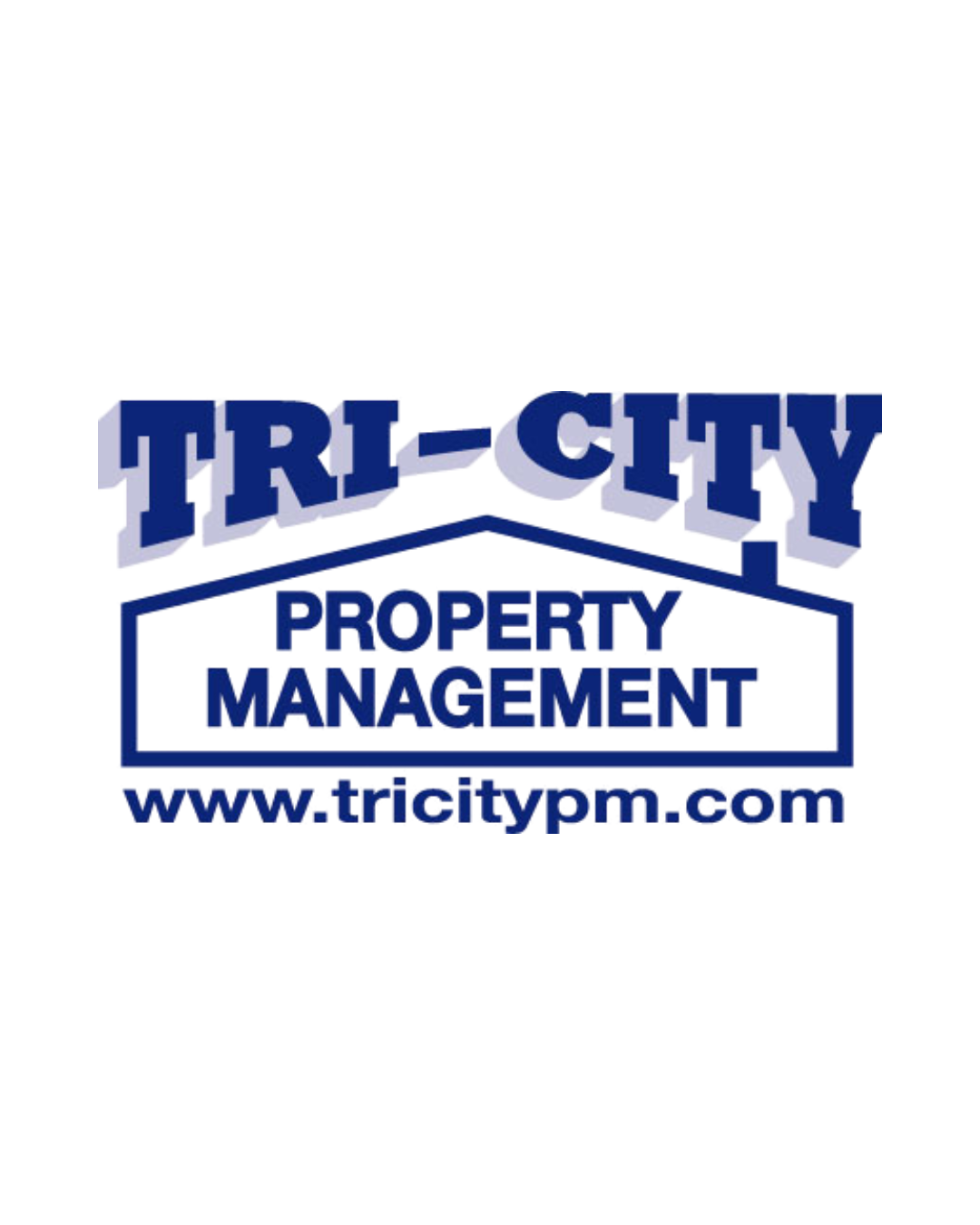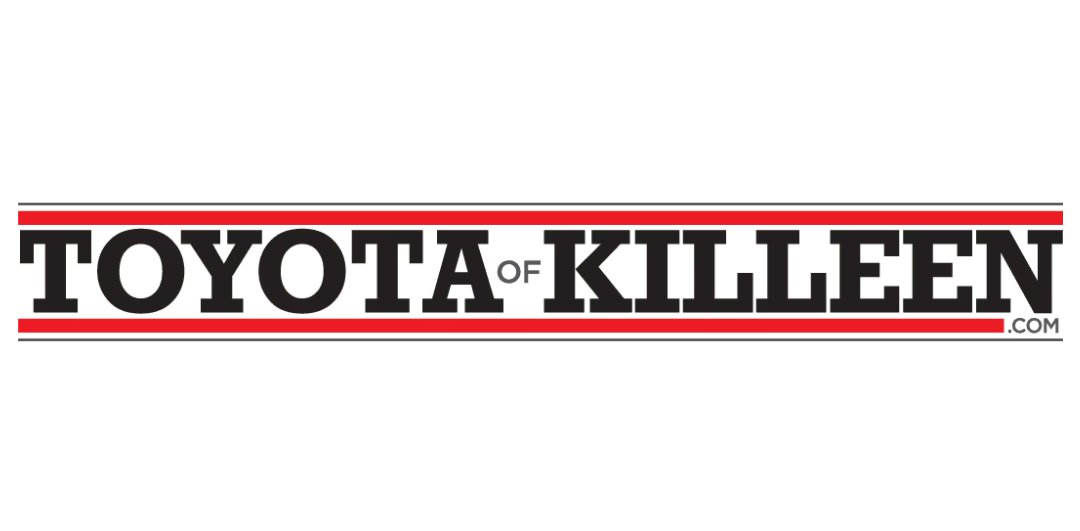Starting or Expanding a Business
Business Start up Guide

Harker Heights Chamber of Commerce
254-699-4999 | 552 East FM 2410 (Knights Way), Suite B
Harker Heights, Texas 76548
The Harker Heights Chamber of Commerce is a proactive partner of our business community. The
Chamber provides education, advocacy and promotion opportunities for its members through its many programs
and resources. Starting a new business can be an exciting, but overwhelming time. Joining the Chamber is a great way to get connected with other local business leaders. The Chamber can also assist you with giving your business the valuable exposure it needs. Ribbon cuttings and events such as the quarterly round-table discussion, public policy luncheons, business workshops, and leadership seminars are just a few of many events offered to help keep you informed and engaged with the business community.
To learn more about the Chamber and how it can help your new business thrive, please contact
businessdevelopment@hhchamber.com.
Business checklist
What to do now?
- Choose business name and logo
- Figure out legal structure
- Contact IRS to apply for Employee Identification Number (EIN)
- Register for state and local taxes
- Apply and obtain business licenses/permits
- Create a business plan
- Apply for financing
- Open business bank account
- Set up accounting/bookkeeping system
- File for trademarks and patents
- Register a domain name and set up website
- Location … rent or build
- Obtain business insurance
- Order business cards
- Register social media profiles
- Start your revenue stream
Things to do a little later.
- Upgrade your smart phone
- Find free advice/mentors
- Hire employees if needed
- Line up suppliers and service providers
- Work your network
- Refine your product/pitch, marketing and sales approach
- Secure your IT, if needed
- Get a salesperson or sales team in place
Words of Encouragement
Many people talk about starting businesses but not everyone takes the necessary steps. We want to take this time and thank you for your resilience in the process. This guide is to help keep you on the right track while you are in the startup process and also once you get into business. We encourage you to utilize its resources and keep up the good work!

Business plan
Executive Summary
This short synopsis will provide an overview of your business. This segment focuses on a general description which may detail who started the company, where the company is located, and where the company plans to go. New businesses will generally have less information in this section; however, it should still be included in order to show its position in the market.
Mission Statement
This portion should explain the reason your organization exists. It should be a sentence or a short paragraph which gives the public a glimpse into the organization.
Company Overview
It is beneficial to include general company information such as the date in which the business was formed, founder information, number of employees and other facts which may not fit in another section.
Legal Structure
Include the legal framework, whether it is sole proprietorship, partnership, corporation, or any variation. Take into account the ownership of the company through stockholders and individual contributors.
Highlights
Briefly go over any milestones or hardships that proved to have an effect on the business: financially, physically, or socially. This could include anything from the expansion of a manufacturing plant to the impact of an economic recession.
Future Plans
Describe where your business is positioned in the industry; include general information regarding the steps you plan to take. This is an important blueprint for mapping long-term goals but it may be used as a driving force to set your short-term goals.
Industry Analysis
Before the first day of business you must plan how you will operate. Analyzing these topics gives an overview of your business in the market place. This section is more specific than the executive summary and dives into research of the business.
SWOT Analysis
This stands for Strengths, Weaknesses, Opportunities, and Threats (SWOT). This analysis should thoroughly portray each aspect mentioned. This section will prove to give an insight into the product/service, organization, and industry. This is generally a headstone in evaluating any
organization.
Market Description
The next crucial analysis looks at the target market. This can be one of the largest portions of analyzing the industry, but with research, it will serve insight into the venture. It is essential to profile your customer by determining their unique characteristics and the size of your market.
Look for trends in society that can affect the economy, the industry, stockholders, competitors, suppliers, or any other stakeholder.
Competitors Analysis
Research your competition, look at financial statements and possibly even do a SWOT analysis on them. Determine the portion of the market which is available. Explore consumer behavior; observe why customers are choosing the competitors product or service of another organization.
Operations/Management
Operations/management should detail the relationships of the organization internally and externally. Also include an explanation of each business segment and product line.
Products/Services
Depict all aspects of your product and/or service by focusing on the features which distinguish it. Provide general information but then illustrate how it is superior to competitors. Include a summary, pictures, videos, and any other relevant information.
Key Relationships
Elaborate on the different stakeholders of the organization. Explain the relationships held with its customers, suppliers, business partners, employees, professional organizations, government agencies and
anyone involved in the business.
Employee Descriptions
Regardless of size, an organization must have clear job responsibilities. List the job qualifications, descriptions, duties, and other important information regarding employment. For larger organizations, this section may include a hierarchy of reporting. Outsourcing work could also be listed here.

Possible Ways to Analyze your Marketing
1. Economic: Percent increase in sales, change in total profit, number of goods/services sold, etc.
2. Publicity: Number of articles published in a newspaper, number of likes/shares on a Facebook post, or amount of traffic on your website, etc.
3. Consumer Perception: Survey customer’s opinion of the organization
before and after a marketing plan is implemented, then analyze the
differences.
Set Goals
Establish criteria for your plans. Creating
benchmarks is crucial in keeping your
business or projects on track. There are
many types of goals, whether it is to increase
foot traffic or to change your customer’s
perception, but always break apart the goal
into smaller tasks. This makes it easier to
measure progress. Finally, once you reach
your goal or near it, make sure to reflect
on what you have done. Review the most
beneficial and least beneficial things you
have done.
Put in the Time
Nothing worthwhile ever comes easy. Some
of the largest companies in the world have
started right where you are! Be diligent
and allocate your time where it is needed.
Your time should be productive as possible;
remember to work smarter, not harder!
Keep Networking
At any given time you could meet a
potential customer, supplier, or business
partner. Be prepared by keeping business
cards close and maintaining a professional
appearance. Whether it is in person or
online, be sure to stay in contact; who
knows, they may be able to expand your
business in 5 years.
Profitability Description
Profitability is the driving force in the existence of your business. This section should be thorough and completely outline your financial plan. Create a plan, from buying raw materials through selling the finished goods, to show how you will maintain profitability.
Asset Analysis
Provide information on site selection, building requirements, intellectual property, patents, copyrights, or trademarks. Clarify the logic behind the piece of real estate selected. This section may also include a description of research and development activities, whether it is current or future endeavors.
Growth Strategy
Implement a plan to initiate your presence and endurance in the market. Determine at what level of the supply chain you will provide products/services. Provide insight to potential growth by describing possible revenue streams or other ventures.
Marketing Plan
Marketing drives your customer base and thus your profitability. Design and maintain a timetable for marketing activities. The plan should address how to widen your customer base, maintain customer satisfaction, and to get feedback from previous customers. Include an analysis, justification, and examples of the media ads that you will use to promote the
organization; different radio stations, print ads, television ads, social media marketing platforms, etc. This is also the ideal section to include short and long-term goals and your strategy to accomplish them.
Financial Projections
With information taken from research on the target market and competitors, design a chart of
projections. While projections normally align with the fiscal year, they may be weekly, monthly, yearly, or span the course of multiple years. Determine each expense and revenue; be specific, for instance include things like bad debt, depreciation of assets, etc.
Funding Sources
Personal Resources
This support comes from personal money, credit, home equity loans, and relatives or friends who wish to help.
Grant Programs
Financial assistance is provided by the government and some other organizations. Whether it is a subsidiary for resources or a scholarship to continue your education,
grants can provide essential assistance in a time of need.
www.grants.gov
SBA Loans
The Small Business Administration (SBA) provides many assistance programs, one of them is to formulate loan guidelines for small businesses. These loans are provided by government agencies, financial institutions, and other affiliated partners. These policies and procedures for qualifying for these loans change regularly, so be sure to acquire the most updated information on their website: www.sba.gov
Commercial Banks
Seek support from commercial banks, their expertise and financing options will guide you
through your startup process. Loan officers have a wealth of information when it comes to
financial support, financing options, and business advice.
Business Financial Organizations
Similar to banks, these commercial organizations offer business loans. Several organizations
follow SBA guidelines for loans, providing lower interest premiums and set rates.
Angel Investors
These are individuals who seek value and invest in companies which resonate with them. Many
times these investors are prominent in their community.
Crowdfunding Campaign
Campaigns are a great way to obtain the help of people you’ve never met. Some projects get
millions of dollars from a few investors and others have a million investors who may only
invest one dollar. Crowdfunding programs operate on different terms – some of them are for
donation while others require a return of interest or equity as a part of the investment. These
organizations jumpstart your financial base.
Venture Capital Investors
These organizations are similar to crowd-funding campaigns, however they are more structured
and focused on investments. Investors are more difficult to get funds from since they are more
technical and generally ask for more documentation. Venture capital investors have a larger
stake in the investment than commercial banks since they are acquiring ownership instead of a
repaid loan.
What if?
What if I want to expand my business operations (manufacturing facility or a second store-front)?
Contact the Harker Heights Chamber of Commerce 254-699-4999 or
Businessdevelopment@hhchamber.com for
opportunities for your organization.
Who should I contact if I am ready to have a ribbon cutting?
Contact the Harker Heights Chamber of Commerce 254-699-4999 or
Businessdevelopment@hhchamber.com.
What if I need to determine if it’s economically viable to hire or outsource someone for a specific project?
The best way to determine whether to hire someone or to outsource the work is to create a
table to analyze the costs associated. Outline all expenses associated with the project, including
raw materials, labor, time and the experience you have with the given project. Finally, pick your
solution based on what is the most cost efficient, yet still accomplishes your goal.
What if I need to expand my customer base?
Marketing! Customers cannot buy from you if they do not know about you. Determine the most
receptive places for your target customer, and then put your marketing where they are. Some
options include signs, press releases, television ads, customer review websites or even social
media. Some more non conventional options include attending trade shows, publishing articles,
or getting referrals from existing customers.
What if I have bad reviews on a consumer review website?
With customers relying more and more on reviews than advertisements, customer review sites
are vital. Dimensional Research conducted a study which claims that 90% of people surveyed
maintain that reviews, whether positive or negative, respectively influence their buying
decisions. Reflect on what comments have been made about your existing operations. Feedback
is essential in the continuation and improvement of businesses. Maybe it is a product flaw or a
bad employee, either way it must be addressed before your next customers review!
Final Thoughts
Thank you for choosing Harker Heights for your business home!
We hope our Business Startup Guide assisted in your transition. We have included a list of contacts for your convenience on the business resource page.
This guide was published as a service to small and entrepreneurial businesses. The resources and contacts listed on the website and in the business startup guide offer valuable support to entrepreneurs wishing to turn dreams into profitable companies. Please be advised this guide provides general information only and is not intended to replace legal advice. Please check with the local agencies and your city for any changes in the law or specific regulations to your business.











